|
|
Кацусика Хокусай. Тридцать шесть видов Фудзи: № 2. Суруга-тё в Эдо冨嶽三十六景 江都駿河町三井見世略図Mitsui Shop at Surugachō in Edo (Edo Surugachō Mitsui mise ryaku zu), from the series Thirty-six Views of Mount Fuji (Fugaku sanjūrokkei)Artist: Katsushika Hokusai (1760–1849)Period: Edo period (1615–1868)Date: ca. 1830–32
The celebrated kimono shop of the Mitsui family, Echigoya, was located on Edo's busiest street, Surugachō. Mount Fuji is glimpsed from a high vantage point above the street between Echigoya's two buildings. The triangular profile of the roof is echoed in the shape of the mountain. (metmuseum)
The Surugachö district of Edo was located just north of Nihonbashi Bridge in the area now called Muromachi 3-chome. Among the larger stores was the Echigoya Mitsui Clothing Store, today known as Mitsukoshi, Japan’s largest modern department store. The store became very successful after adopting a new business practice, payment in cash at time of sale, instead of accruing charges to customers’ accounts. By eliminating the traditional practice of billing customers only once or twice a year, the store was able to sell goods at reduced princes. The Surugachö district was a famous spot for seeing Mount Fuji clearly, especially on a chilly winter day. In this print, the street is flanked with two Mitsui stores, each with a sign stating “Clothing” (right) and “Braided Cords and Threads” (left). Both signs have mottoes stating the store’s policy – “Cash Payment” and “No Padded Prices.” Hokusai extremely exaggerated the perspective, taking a very high position from a foreground point on the roof, which looks down to the horizon. He thus brought the two buildings very close to the viewer, showing only the second floors and roofs, where the roof repairmen work. This extremely steep perspective also drops other buildings from sight, ingeniously creating a clear space for Fuji. Before Hokusai launched the Fuji series, he studied all forms and movement of nature, humans, and animals, and published his drawing books, the Hokusai Manga. These workmen’s postures are recorded in the Manga. The two flying kites indicate the season is winter, on New Year’s Day. The key-block was printed in blue. (The Asian Art Museum of San Francisco, HOKUSAI AND HIROSHIGE – Great Japanese Prints from the James A. Michener Collection, Honolulu Academy of Arts: The Asian Art Museum of San Francisco, 1998 Page 75. Cat. 26)
The Mitsui Clothing Store just north of Nihonbashi (Japan Bridge) was the predecessor of modern Mitsukoshi, the largest department store in Japan. By Hokusai’s time the store had adopted an innovative business practice of expecting cash payment at the time of sale, which allowed them to establish low, fixed prices. Accordingly, the signs to either side read “Cash Payment” and “No Padded Prices.” By abandoning the traditional system of customer accounts paid only a few times each year, the Mitsui Family was able to build one of the most successful financial empires in twentieth century Japan. Surugachö was famous for its fine views of Mount Fuji. In this print, Hokusai has cropped the foreground and used a high viewing angle to eliminate details of the street, thereby establishing Mount Fuji as the main subject. Its form is repeated in the roof of the store, which is being repaired by three workmen. The two kites in the upper center indicate that it is New Year’s Day; Mount Fuji was closely connected with New Year’s festivities, and a dream of the mountain at this time was especially auspicious. “Hokusai’s Summit: Thirty-six Views of Mount Fuji” (09/24/2009-01/06/2010)
Суруга-тё в Эдо
В небо поднимаются два воздушных змея с письмами пожелания счастья «котобуки», они поднялись даже выше Фудзи. Мы видим ее между двумя крышами зданий, как бы фланкируюших Фудзи. На высокой большой крыше справа три кровельщика выполняют свою опасную работу.
Взгляд притягивают вывески на магазине тканей справа и на магазине ниток слева, они гласят: «Оплата наличными. Иена без запроса». Хокусай изображает известные магазины, принадлежащие Котакоси, одному из представителей семейства Мицуи. Эти магазины были открыты в 1673 году и были особенно популярны в период Токугава.
Если верить надписям на гравюре, то благодаря методам торговли, которые он ввел: «наличные деньги, распродажа, фиксированные иены», сеть его магазинов процветала изо дня в день. Он первым позволил самураям оплату наличными (гэнкин-какэнаси), до этого существовала система кредитования, а значит и иены выставлялись «с запросом».
Его магазин переехал в Сурага-тё во втором году периода Тэнна (1683 году).Изображение магазина Мицуи было популярной темой среди художников укиё-э. До Хокусая существовали огромные раскрашенные вручную гравюры, которые издавались в Окумура-яхан.
Katsushika Hokusai. Mitsui Shop at Surugachō in Edo, from the series Thirty-six Views of Mount Fuji

Katsushika Hokusai. Mitsui Shop at Surugachō in Edo, from the series Thirty-six Views of Mount Fuji

Katsushika Hokusai. Mitsui Shop at Surugachō in Edo, from the series Thirty-six Views of Mount Fuji
Анимированная версия гравюры, выполненная художником Segawa37 для конкурса the GIFs - Award of GIF creator 2015:

Все 46 гравюр серии «Тридцать шесть видов Фудзи» | Thirty-six Views of Mount Fuji | 富嶽三十六景 | Fugaku Sanjūrokkei
18 сентября 2021, 23:45
0 комментариев
|
Партнёры
|

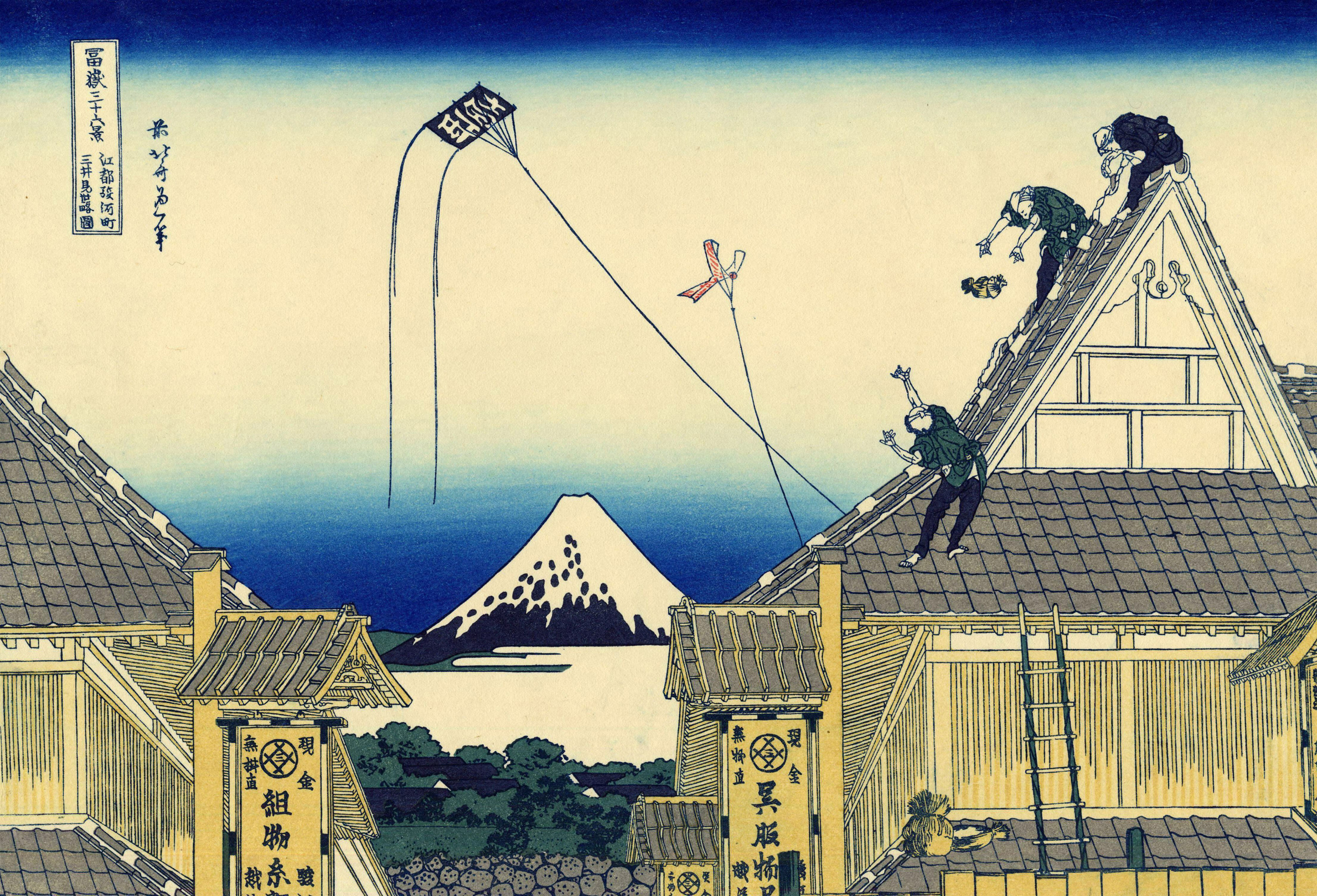
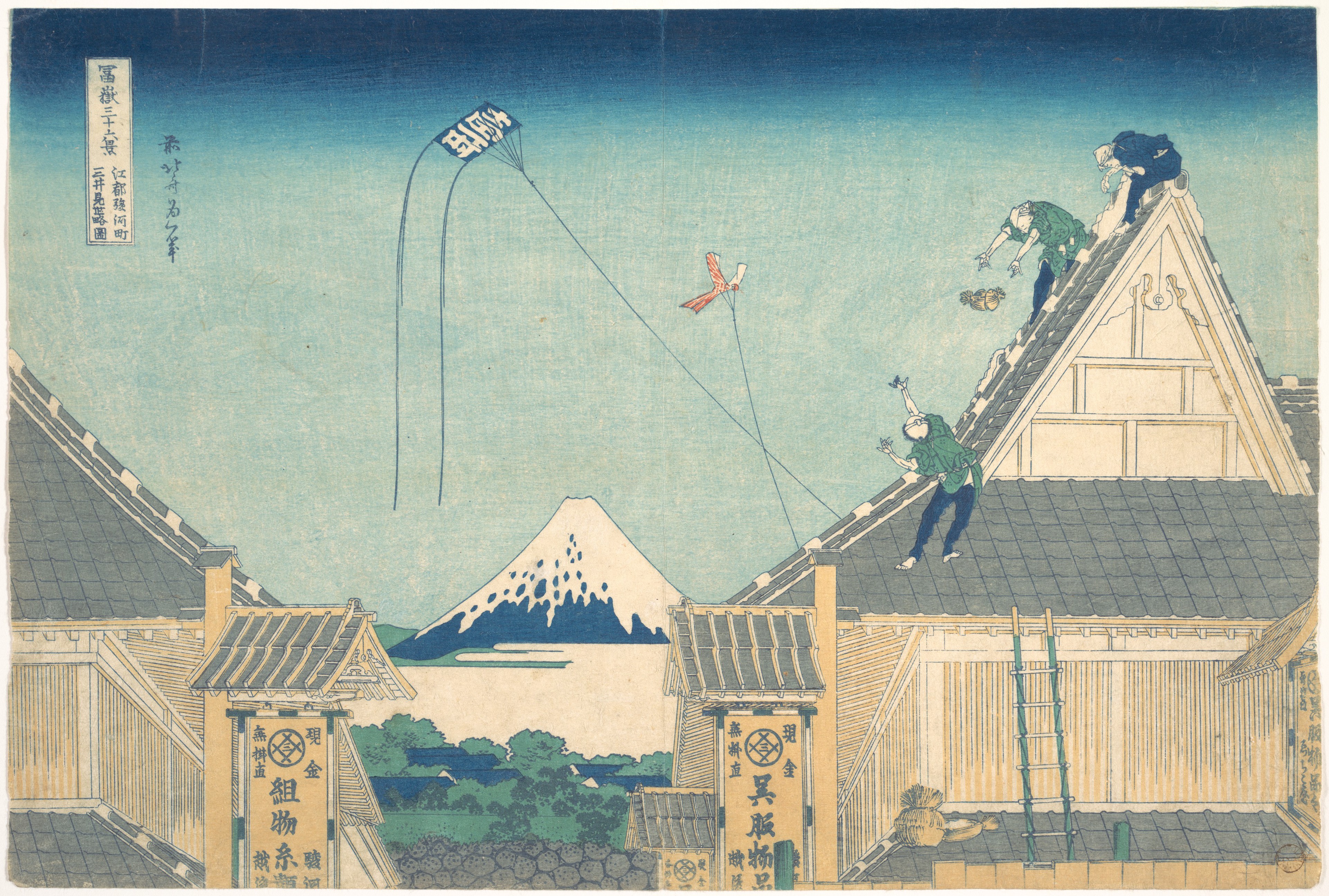
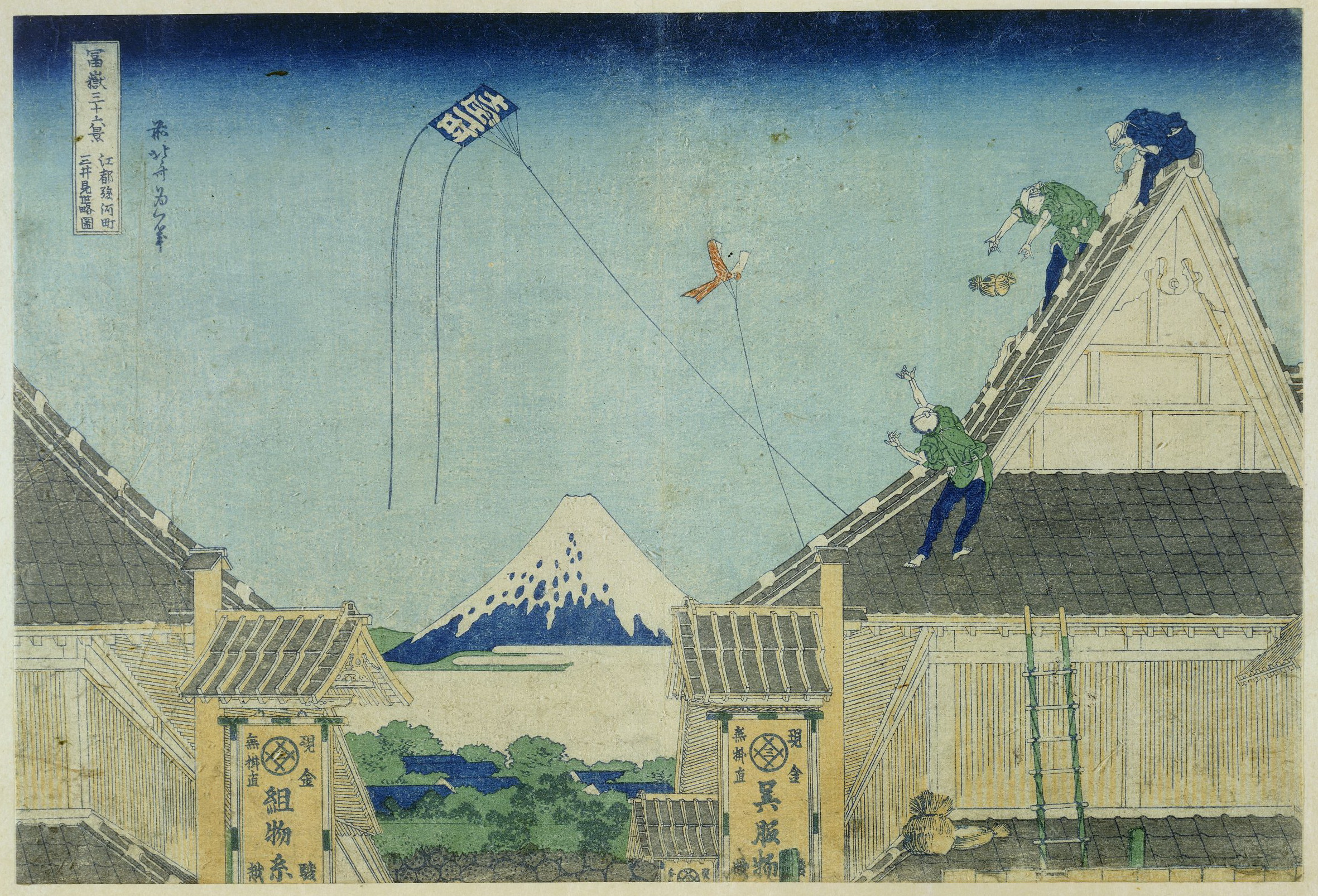
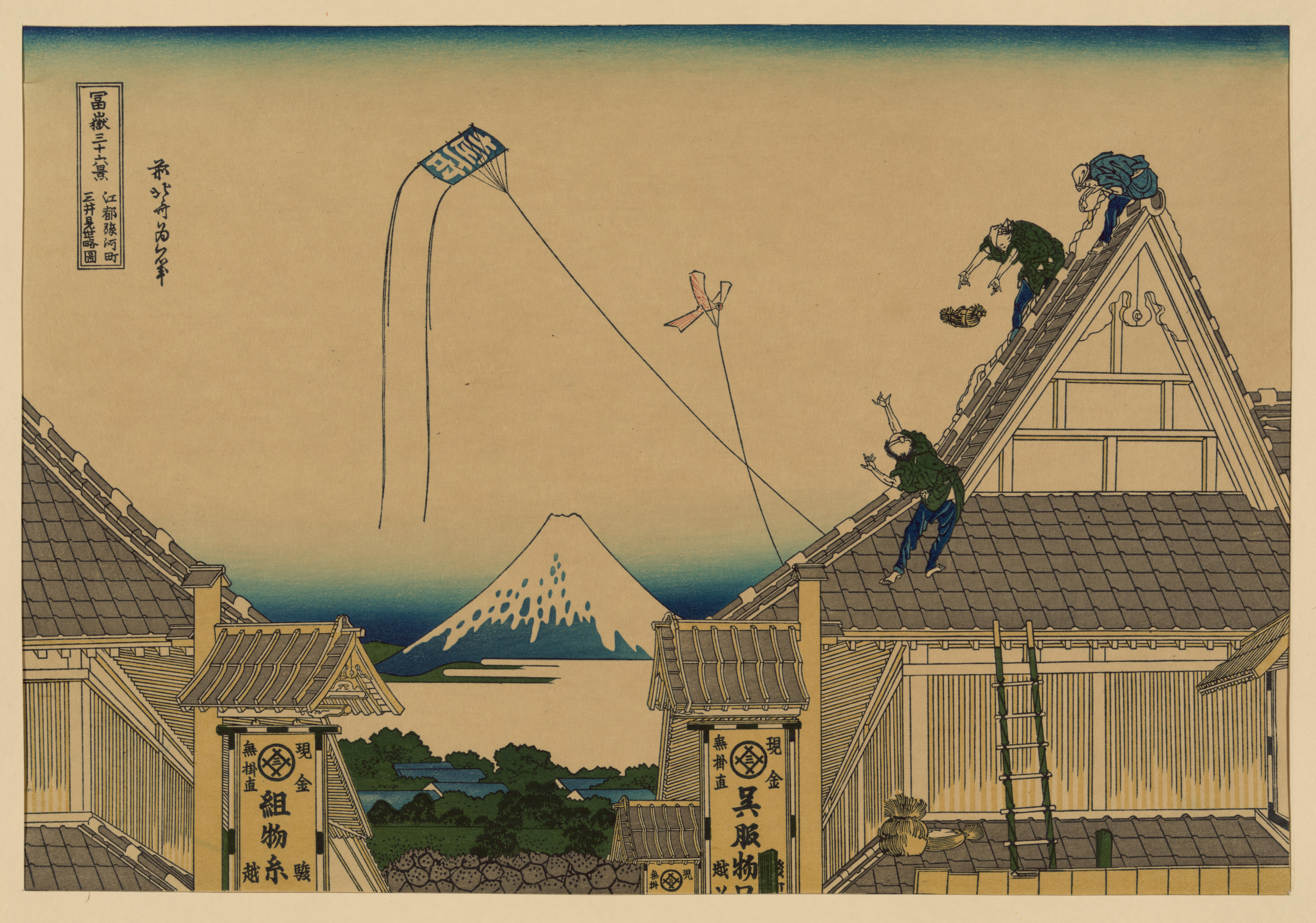
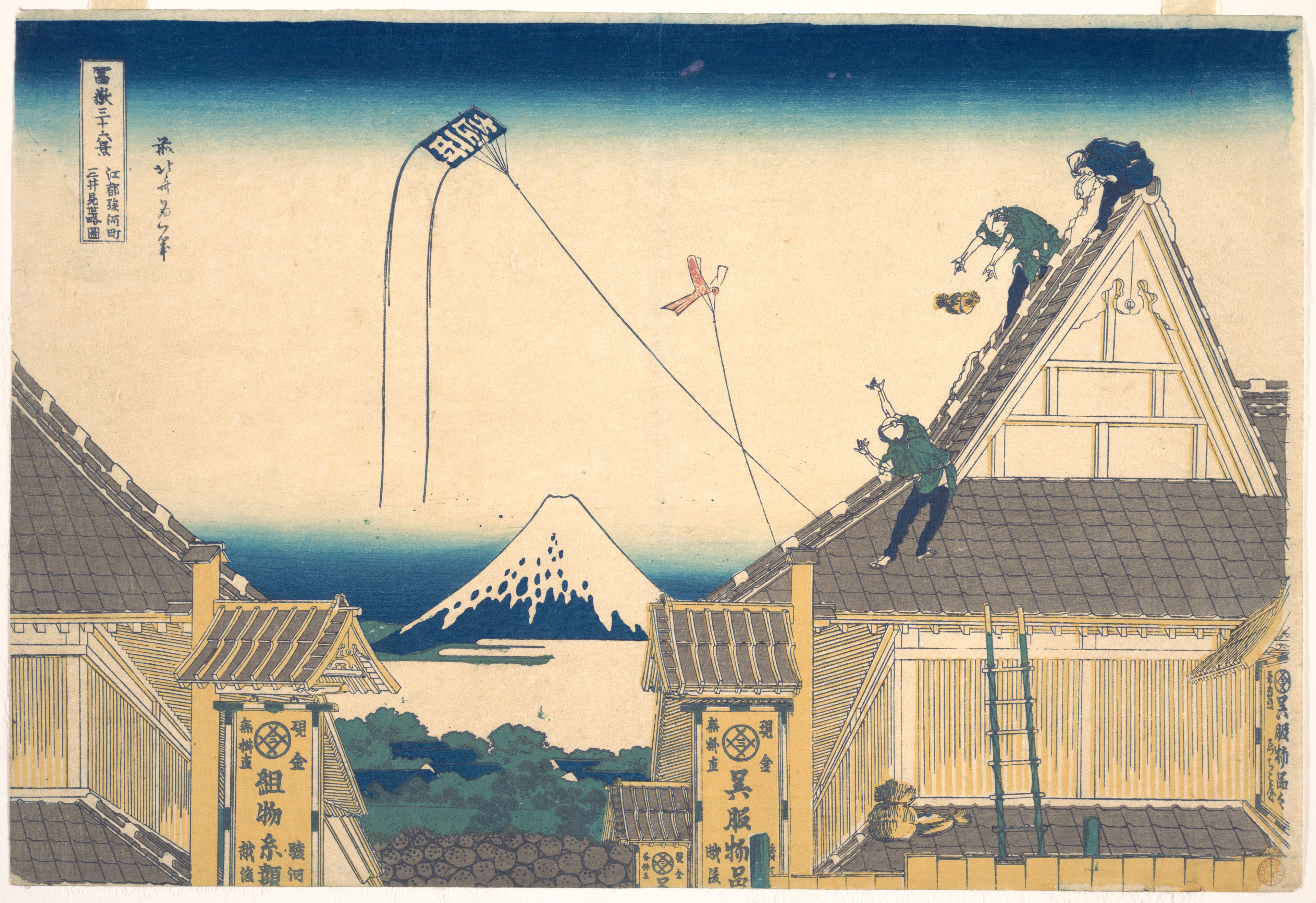
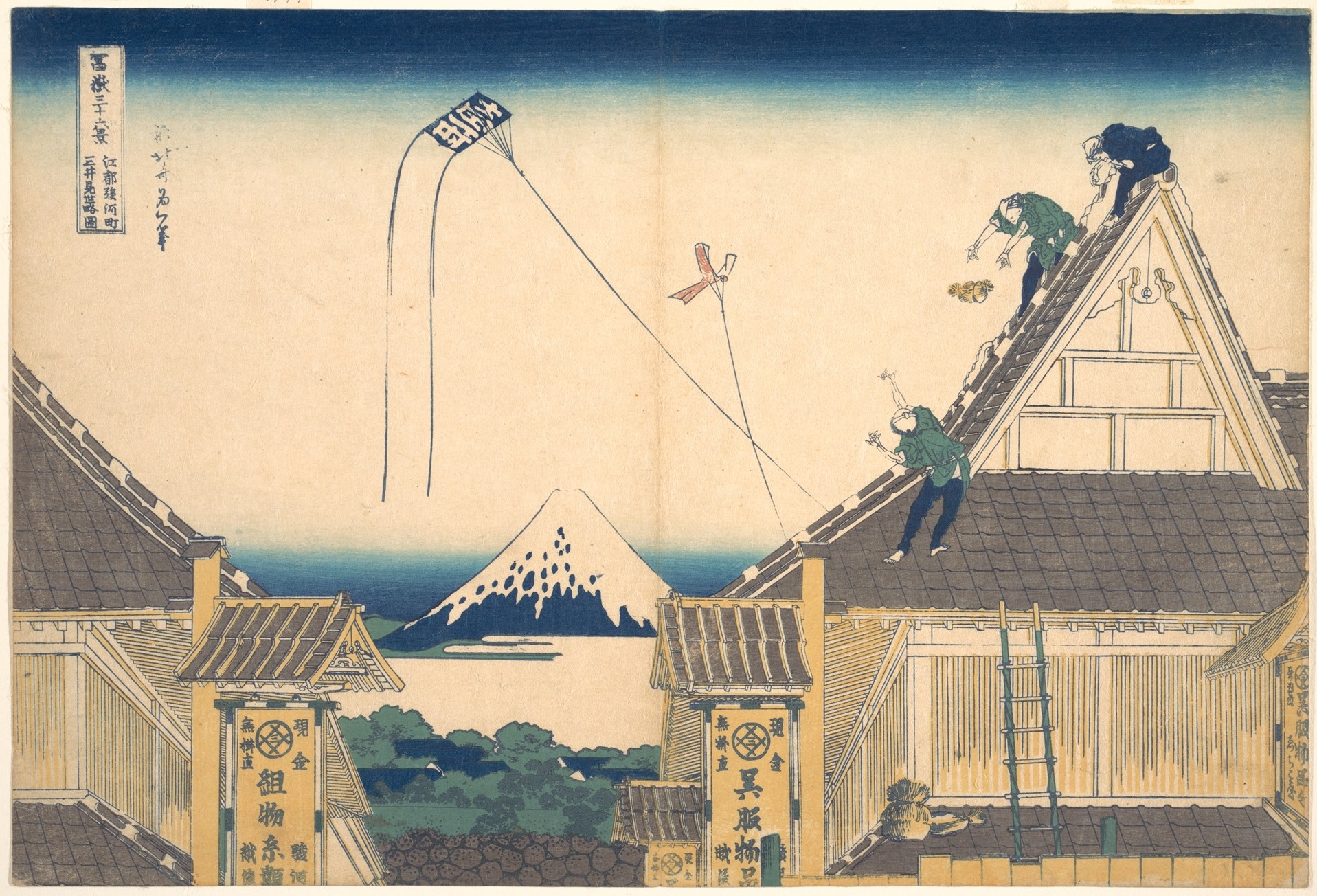
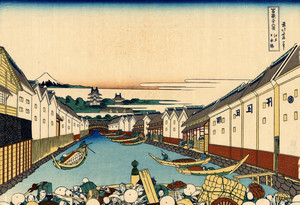
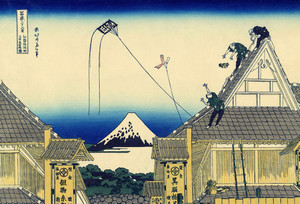
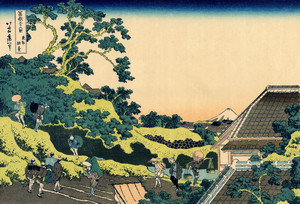
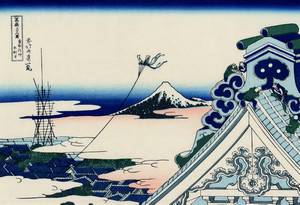
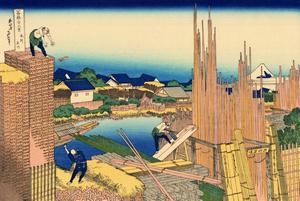
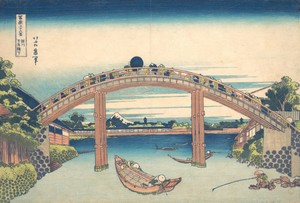
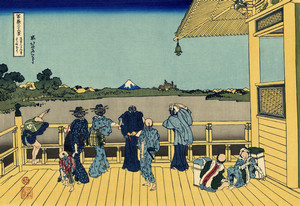
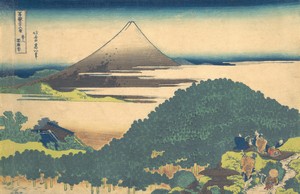
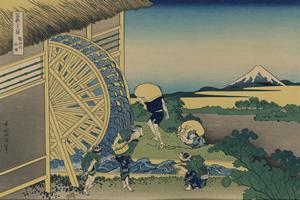
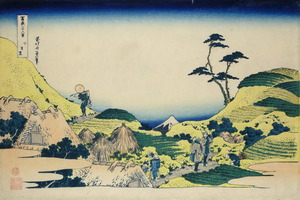
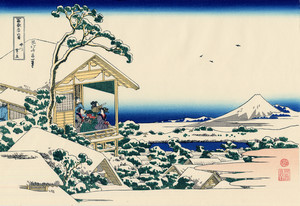
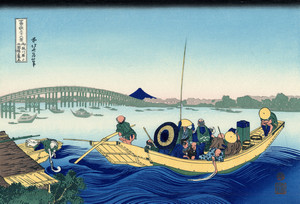
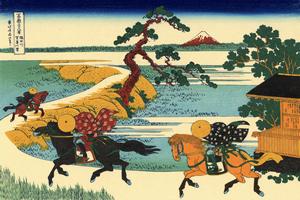
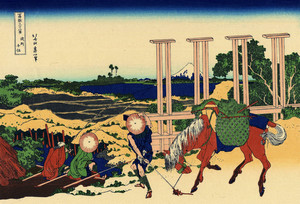
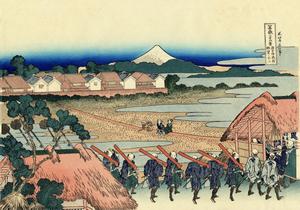
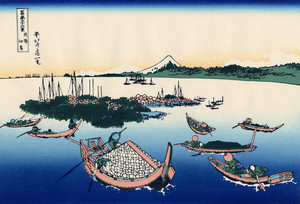
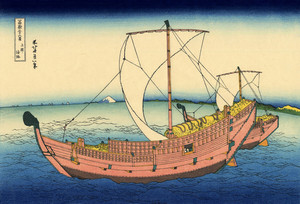
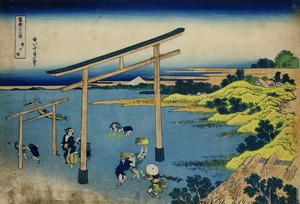
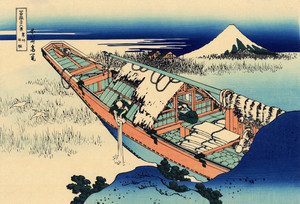
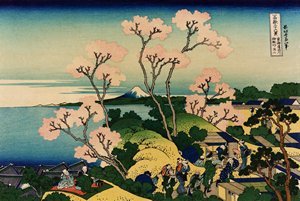
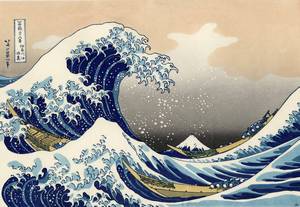
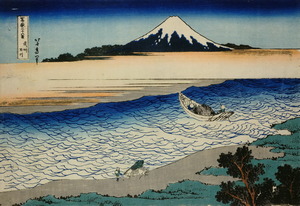
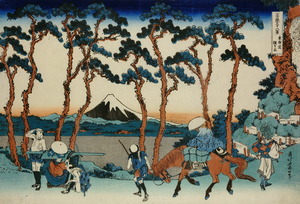
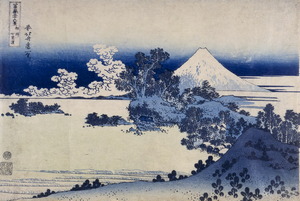
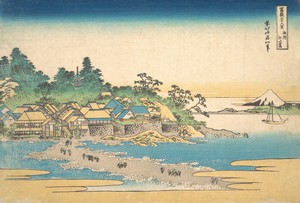
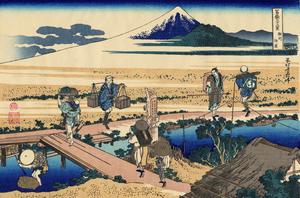
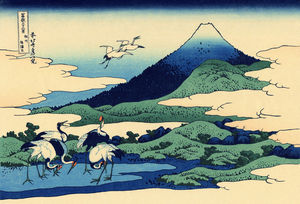
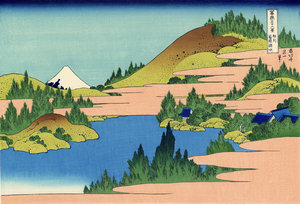
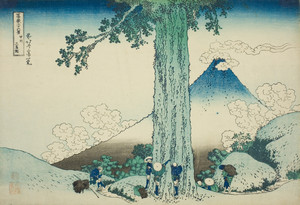
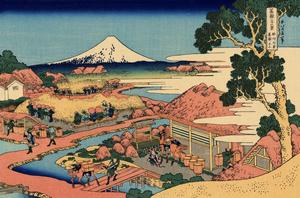
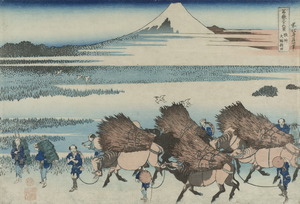
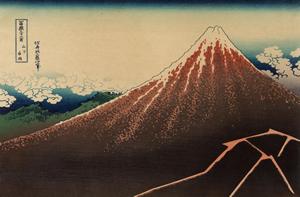
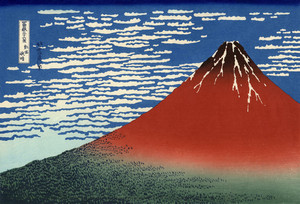
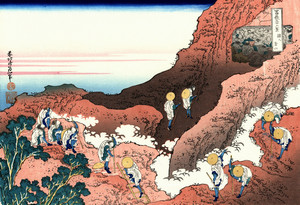
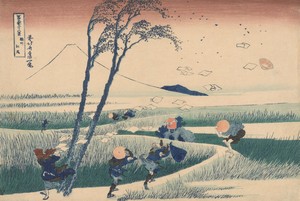
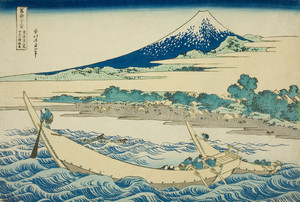
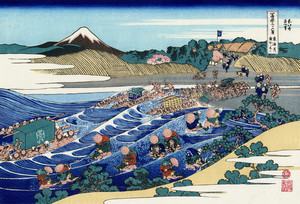
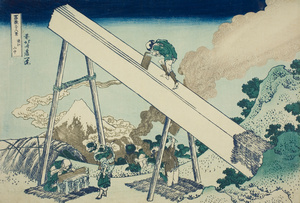
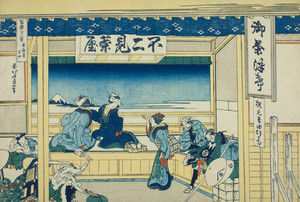
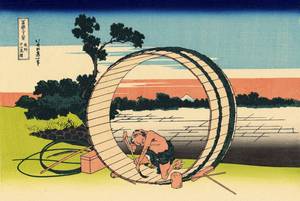
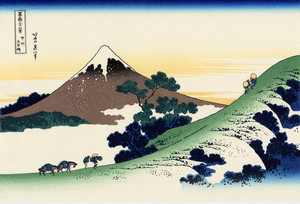
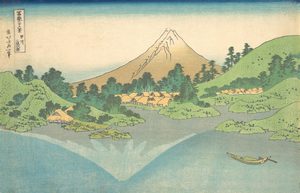
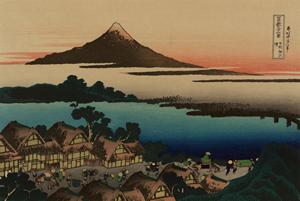
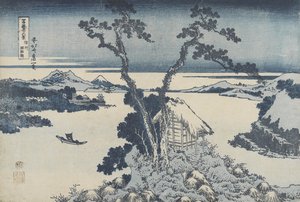
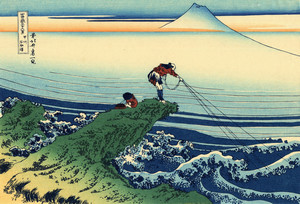
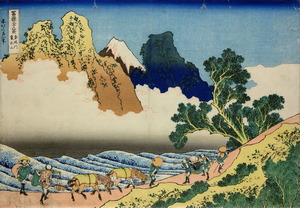





Комментарии
Добавить комментарий